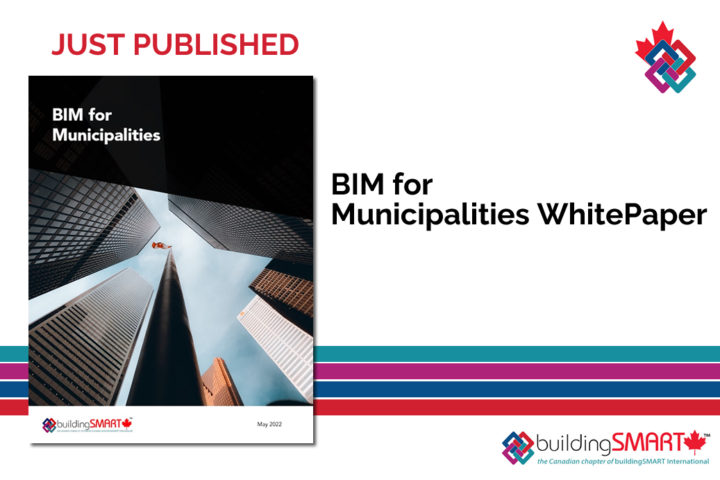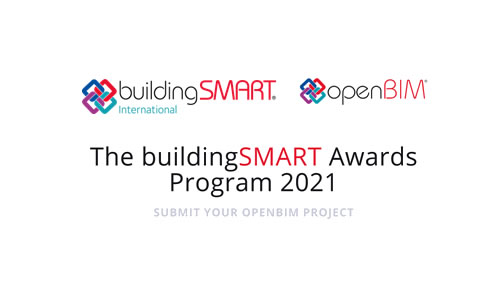WHAT YOU NEED TO KNOW ABOUT BIM AND THE BLOCKCHAIN
4 JANUARY 2017 | BY JOHN MCDERMOTT (source: here)
What is the Blockchain and what are the practical applications of smart contracts, asks John McDermott as part of his research for his MSc in BIM and Integrated Design at University of Salford.
No matter how “blue sky” utilising the Blockchain in construction may seem it is hard to deny the potential it holds to revolutionise many aspects of the industry.
I’ve always been a bit Fox Mulder when it comes to BIM. I want to believe in its potential but the notion of trust, collaboration, accountability and mutual reward is hard to visualise on construction projects. This is where Blockchain comes in.
Inherent in the construction industry is adversarial behaviour, disputes, claims and litigation. The Code of Hammurabi, a Babylonian law code dating from the 18th century BC, contains a series of provisions dealing specifically with construction disputes and includes some rather severe penalties for builders found to be negligent – namely death!
In 2009 the Housing Grants, Construction and Regeneration Act 1996 was replaced with Local Democracy, Economic Development and Construction Act 2009 (Termed the Construction Act old and new) in an aid to improve existing payment mechanisms and avoid insolvencies.
Though integrated Project Insurance promises to address the risk associated with construction through a shared joint insurance policy, which theoretically reduces cost and breeds mutual trust and collaboration, within the construction industry payment is still a huge problem.
However, BIM has been billed as the means of eradicating silo mentalities and archetypal behaviours, and with the power of blockchain this may become a reality.
What is the Blockchain?
The Blockchain is a database of all transactions across a peer-to-peer network. The Blockchain is seen as the main technological advancement delivered by the development and stable use of Bitcoin because it stands as a “Trust less” proof mechanism of all the transactions on the network, in many ways superior to human verification.
The Blockchain allows the disintermediation of all transactions of any type between all parties on a global basis. Essentially, a Blockchain is a permanent and digitised chain of transactions, grouped together in blocks that cannot be altered, which creates an unchangeable record of every transaction.
Smart contracts
Smart contracts are computer programs that secure, enforce, and execute the settlement of recorded agreements between people and organisations. As such, they assist in negotiating and defining these agreements.
The term “smart contracts” was coined by Nick Szabo in 1994 when technology such as Blockchain was not available to demonstrate the theory – a smart contract is a computerised transaction protocol that executes the terms of a contract.
The general objectives of smart contract design are to satisfy common contractual conditional (such as payment terms, liens, confidentiality, and even enforcement), minimise the need for trusted intermediaries. Related economic goals include lowering fraud loss, arbitration and enforcement costs, and other transaction costs.
How do smart contracts apply to the construction industry?
The potential for the use of smart contracts in construction is underlined by Helder Cardeira in his white paper entitled “The advantages of using a web payment platform in the construction industry based on smart contracts and crypto currencies”.
It is explained simply that, when A pays B, instructions can be embedded in the transaction so that a specific sum follows through to pay C. B has no other option than to pay C, as the funds will not be available unless the instructions are fulfilled.
The paper also suggests that cost savings will accrue from supply chain members not having to chase payment or having to finance lengthy credit periods. Smart contracts it is suggested could eliminate payment disputes and concentrate the project team on the end goal.




